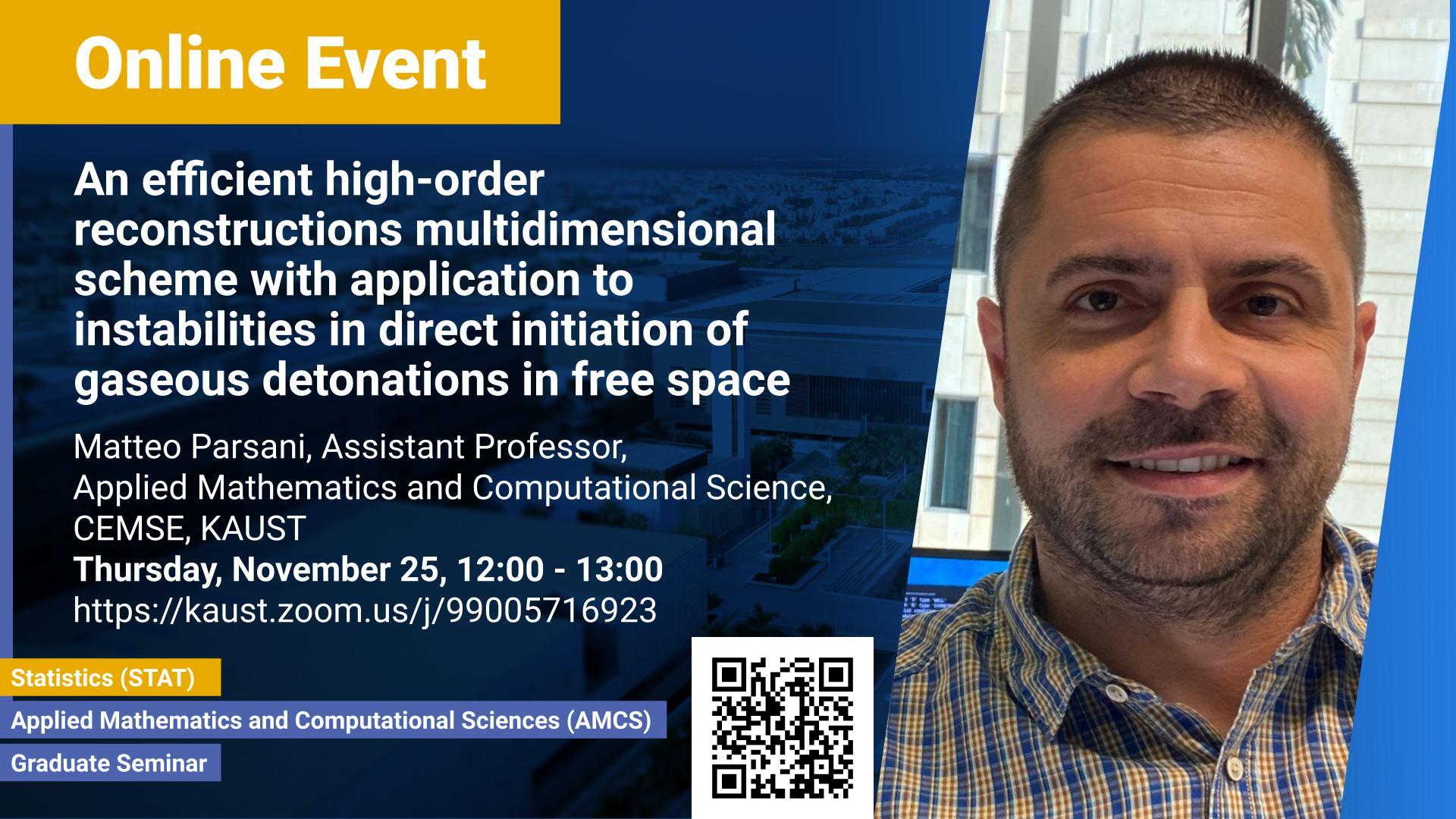Abstract
When constructing high-order schemes for solving hyperbolic conservation laws with multi-dimensional finite volume schemes, the corresponding high-order reconstructions are commonly performed in characteristic spaces to eliminate spurious oscillations as much as possible. For multi-dimensional finite volume schemes, we need to perform the characteristic decomposition several times in different normal directions of the target cell, which is very time-consuming. We propose a rotated characteristic decomposition technique that requires only one-time decomposition for multi-dimensional reconstructions. This technique not only reduces the computational cost remarkably, but also controls spurious oscillations effectively. We take a third-order weighted essentially non-oscillatory finite volume scheme for solving the Euler equations as an example to demonstrate the efficiency of the proposed technique. We apply the new methodology to the simulation of instabilities in direct initiation of gaseous detonations in free space.
Brief Biography
Professor Matteo Parsani's research interests are related to developing novel, robust, and scalable numerical methods on unstructured grids for hyperbolic and mixed hyperbolic/parabolic partial differential equations and their application to solving realistic flow problems in various areas of natural science and engineering. To this end, he combines numerical analysis, physics, and high-performance computing to develop robust spatial and temporal discretizations with better mathematical and numerical properties that account for the physical phenomena being modeled and the modern computing architectures.
The application domains that are currently driving Matteo's research are compressible computational aerodynamics (e.g., highly-separated turbulent flows with large eddy simulation around aeronautic and aerospace vehicles), dense gas flows simulations (supercritical fluids at different flow regimes), and computational aeroacoustics for noise reduction. He is currently collaborating with automotive and aerospace companies and national laboratories for aerodynamic and aeroacoustic applications.
One of Professor Parsani's main goals is to develop efficient predictive computational fluid dynamic technologies for optimizing engineering designs based on flow dynamics and heat transfer that improve energy efficiency and reduce environmental impacts.
